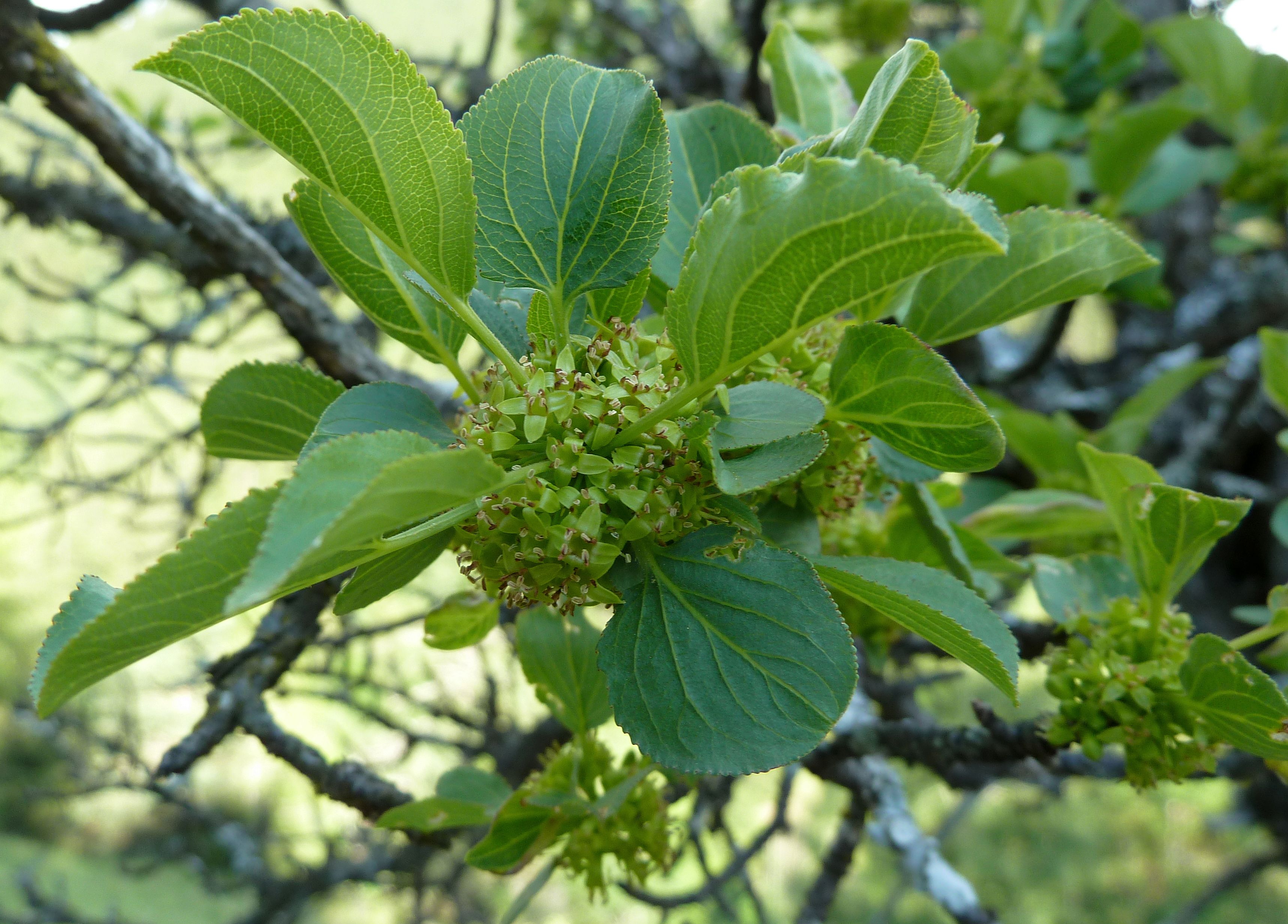|
Pierid
The Pieridae are a large family of butterflies with about 76 genera containing about 1,100 species, mostly from tropical Africa and tropical Asia with some varieties in the more northern regions of North America and Eurasia.DeVries P. J. in Levin S.A. (ed) 2001 The Encyclopaedia of Biodiversity. Academic Press. Most pierid butterflies are white, yellow, or orange in coloration, often with black spots. The pigments that give the distinct coloring to these butterflies are derived from waste products in the body and are a characteristic of this family.Carter, David (2000). ''Butterflies and Moths''. The family was created by William John Swainson in 1820. The name "butterfly" is believed to have originated from a member of this family, the brimstone, ''Gonepteryx rhamni'', which was called the "butter-coloured fly" by early British naturalists. The sexes usually differ, often in the pattern or number of the black markings. The larvae ( caterpillars) of a few of these species, s ... [...More Info...] [...Related Items...] OR: [Wikipedia] [Google] [Baidu] |
Madrone Butterfly
''Eucheira socialis'', commonly known as the Madrone butterfly is a lepidopteran that belongs to the family Pieridae. It was first described by Westwood in 1834. Locally known as ''Mariposa del madroño'' or ''tzauhquiocuilin'', it is endemic to the highlands of Mexico, and exclusively relies on the Madrone (''Arbutus'' spp.) as a host-plant. The species is of considerable interest to lepidopterists due to gregarious nest-building in the larval stages, and heavily male biased sex ratio. It takes an entire year for this adult butterfly to develop from an egg. The eggs are laid in the month of June and the adults emerge the following May–June. The adults have a black and white pattern on their wings, and the males are generally much smaller and paler than the females. The larvae do not undergo diapause and continue to feed and grow communally in the coldest months of the year. There are two subspecies of ''E. socialis'', named ''E. socialis socialis'' and ''E. socialis westwoodi. ... [...More Info...] [...Related Items...] OR: [Wikipedia] [Google] [Baidu] |
Gonepteryx Rhamni
''Gonepteryx rhamni'' (known as the common brimstone) is a butterfly of the family Pieridae. It lives throughout the Palearctic zone and is commonly found across Europe, Asia, and North Africa. Across much of its range, it is the only species of its genus, and is therefore simply known locally as the brimstone. Its wing span size is 60 - 74 mm. The brimstone relies on two species of buckthorn plants as host plants for its larvae; this influences its geographic range and distribution, as these plants are commonly found in wetlands. The adult brimstone travels to woodland areas to spend seven months overwintering. In spring when their host plants have developed, they return to the wetlands to breed and lay eggs. Both the larval and adult forms of the common brimstone have protective coloration and behaviour that decreases their chances of being recognised and subsequently preyed upon. The adult common brimstone has sexual dimorphism in its wing coloration: males have yellow win ... [...More Info...] [...Related Items...] OR: [Wikipedia] [Google] [Baidu] |
Dismorphiinae
Dismorphiinae, the mimic sulphurs, is a subfamily of butterflies from the family Pieridae. It consists of about 100 species in seven genera, distributed mainly in the Neotropical region, of which only one species occurs in North America and one genus, ''Leptidea'', is in the Palaeartic region. Image:GroseSmithKirby1892RhopExotPierinaeDismorphiaI.jpg Image:GroseSmithKirby1892RhopExotPierinaeDismorphiaII.jpg Image:GroseSmithKirby1892RhopExotPierinaeDismorphiaIII.jpg Genera * ''Dismorphia'' Hübner, 1816 * ''Enantia'' Hübner, 819/small> * ''Lieinix'' Gray, 1832 * ''Leptidea'' Billberg, 1820 * ''Moschoneura'' Butler, 1870 * ''Patia'' Klots, 1933 * ''Pseudopieris'' Godman & Salvin, 890/small> External links Dismorphiinae at Tree of Life(with phylogenetic hypothesis) at Markku Savela's butterfly website Images representing Dismorphiinae at EOLImages of Dismorphiinae, in Japanese but with binomial names. Mariposas MexicanasImages of Mexican Dismorphiinae Gallery Mimicry by ... [...More Info...] [...Related Items...] OR: [Wikipedia] [Google] [Baidu] |
Pieris Rapae
''Pieris rapae'' is a small- to medium-sized butterfly species of the whites-and-yellows family Pieridae. It is known in Europe as the small white, in North America as the cabbage white or cabbage butterfly, on several continents as the small cabbage white, and in New Zealand as the white butterfly. The butterfly is recognizable by its white color with small black dots on its wings, and it can be distinguished from '' P. brassicae'' by its larger size and the black band at the tip of its forewings. The caterpillar of this species, often referred to as the "imported cabbageworm", is a pest to crucifer crops such as cabbage, kale, bok choy and broccoli. ''Pieris rapae'' is widespread in Europe and Asia; it is believed to have originated in the Eastern Mediterranean region of Europe, and to have spread across Eurasia thanks to the diversification of brassicaceous crops and the development of human trade routes. Over the past two centuries, it spread to North Africa, North America, N ... [...More Info...] [...Related Items...] OR: [Wikipedia] [Google] [Baidu] |
_Im_IMG_6792.jpg)

